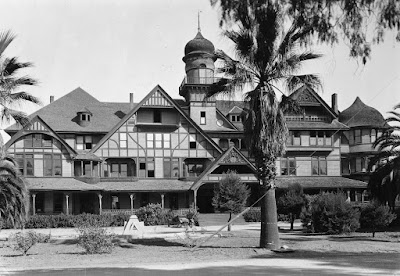 |
| Photo found on Google Images: Romania |
 |
| Zoe love the snow |
Doug agreed that he really hates when snow gets over the tires and he has to dig...drive a teeny bit...dig all the way out of his alleyway. And I laughed! I said, "Hahaha! Snow doesn't gets over the tires!"
Understand our different references.
Pittsburgh snow:
Portland snow:
This week we have been hit with winter weather. Nothing like last year's three snow storms, but we have had a little bit of lovely winter this week. The part of the world that gets SNOW (rather than our sno) laughs at us that a few inches of the white stuff will shut down the city. My elder son said when people make fun that we can't drive in the snow, they are talking about him.
Because we don't often get snow--maybe an inch or two, once or twice a year at most--we love to take photos of the fluffy stuff. So here's my photos of our yard.
It melted down a bit, froze overnight and then more snow arrived. No pictures of the following morning with more inches over the small bit here.
I sent some pictures to family and friends in Southern California. "Wow! Lots of snow!" was the response. If I had sent them to friends back east, they might have smiled and said, "What? You didn't go out shopping in that teeny bit?"
It's all about perspective, isn't it?
 |
| A snow angel I did not make (Google images) |






























